What is the tolerance range of precision screws?
What is the tolerance range of precision screws?
Service Hotline
+86760-8787 8587We have more than ten years of experience in screw industry production, the main products are: national standard aluminum profile T-nut, knurled aluminum nut, T-shaped pressure plate bolt, claw hand screw stud, aluminum alloy hexagon nut, black nickel flat head hexagon socket head bolt, Flat Cup Flat Head Countersunk Head Screws, Pre-Embedded Injection Moulded Copper Nuts, Inch Washers, Tall Round Nuts, Complete Set of Accessories Extended Screw Nuts, British and American Spring Mesons, GB850 Washers, Black 912 Cup Head Hexagon Bolts, Countersunk Cross Heads Nylon screws and other fasteners have different prices due to different product materials and specifications. Please contact us if necessary.


(1) Galvanized (blue-white, multicolored, black) 1. Pretreatment: thermal degreasing tank (5 tanks) - electrolytic degreasing tank (3 tanks) - rust removal tank (4 tanks) 2. Electroplating: electroplating tank (20 tank) (ammonium chloride, zinc oxide, gloss, softener solution). 3. Post-treatment: Melting tank (1 tank) - Green medicine tank (1 tank) - (blue-white/multicolored/black) (2), blackening: 1. Pre-treatment: thermal degreasing tank (4 tanks) - rust removal Tank (4 tanks) 2. Blackening: blackening (5 tanks) (flake alkali, sodium nitrite solution) 3. Post-treatment: anti-rust oil (1 tank) (3), phosphating: 1. Pre-treatment: heat Degreasing tank (1 tank) - Derusting tank (1 tank) - Electrolytic degreasing tank (1 tank), - Surface treatment (1 tank) 2. Phosphating: Phosphating (forming a film) 3. Post-treatment: dipping in anti-rust oil (2 tanks) (4) Hot dip galvanizing: 1. Pretreatment: degreasing tank (1 tank) - rust removal tank (1 tank) - FLUX tank (1 tank) - drying 2. Hot dip galvanizing: hot Zinc immersion tank 3. Post-processing: centrifugal treatment - ammonia chloride cooling - water cooling
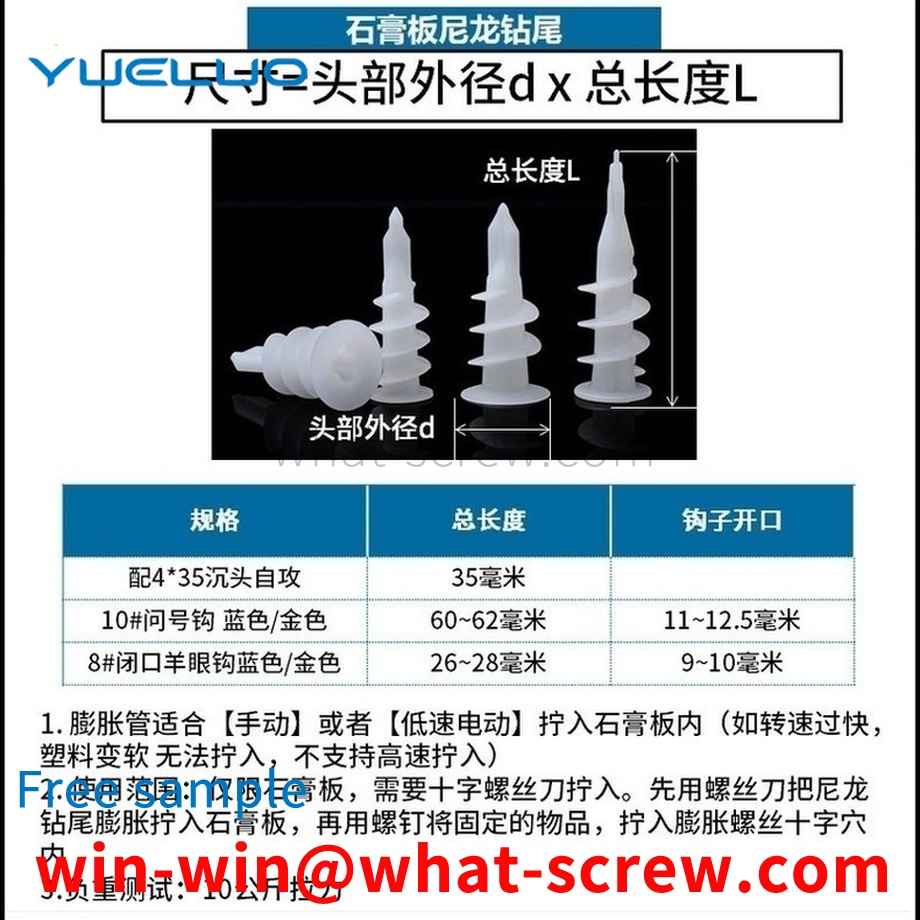
At present, the main four kinds of anti-shedding nuts are still prone to falling off. Friction and anti-shedding are in the case of shock, vibration and variable load. At the beginning, the nut will decrease in preload due to relaxation. As the number of vibrations increases, the loss of preload will increase. The force increases slowly, eventually causing the nut to loosen and the threaded connection to fail. The mechanical nut is prevented from falling off by adding a stopper, which makes it inconvenient to disassemble. The riveting and punching prevention is to prevent the separation by welding, bonding, etc. This method can only be disassembled by destroying the bolt pair.
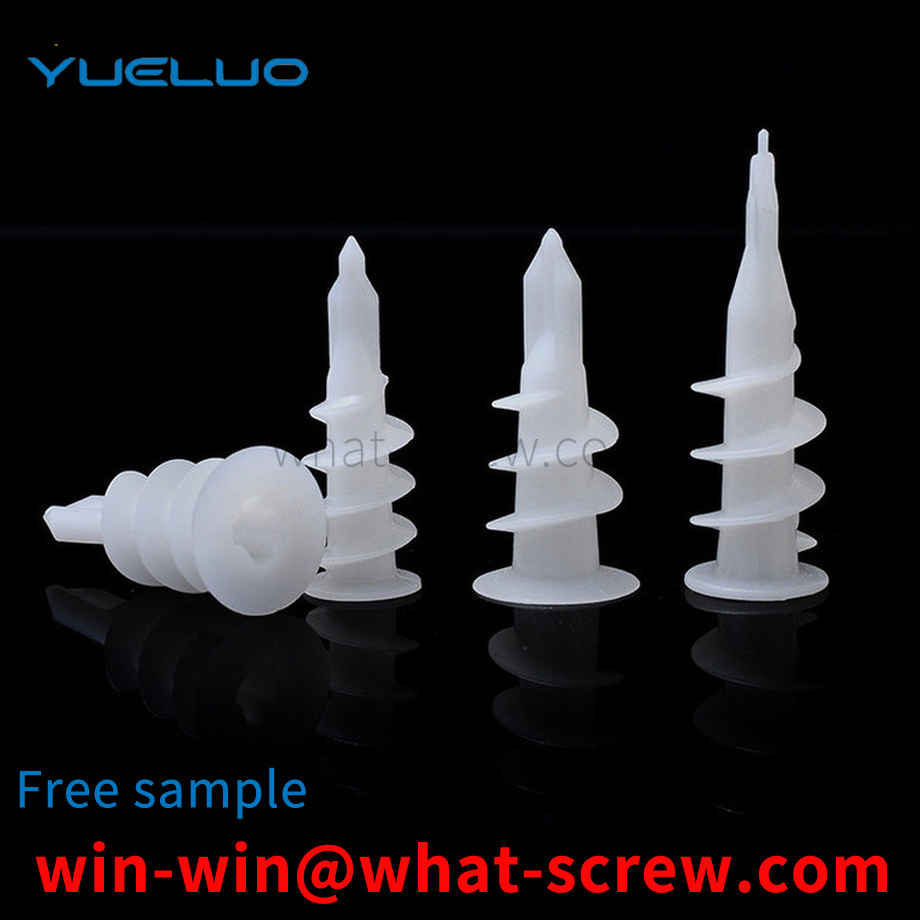
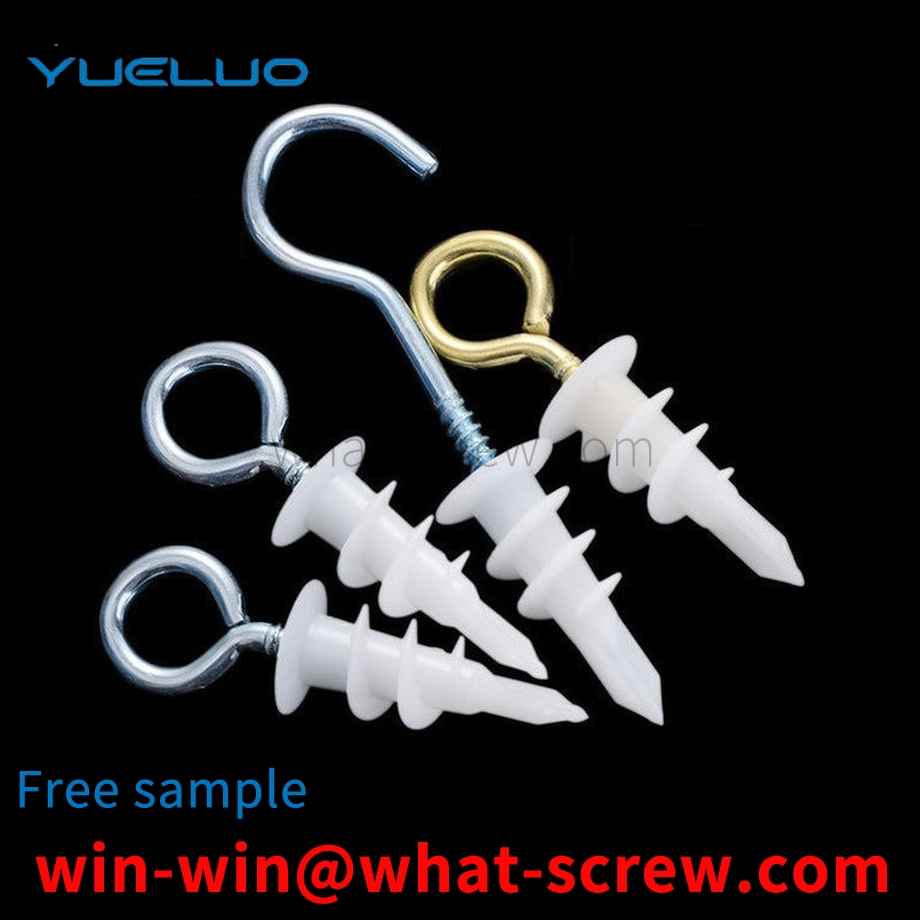
The process of removing iron oxide plate from cold heading steel wire rod is stripping and dephosphorization. There are two methods: mechanical dephosphorization and chemical pickling. Replacing the chemical pickling process of wire rod with mechanical phosphorus removal not only improves productivity, but also reduces environmental pollution. This phosphorus removal process includes bending method (the round wheel with triangular grooves is commonly used to repeatedly bend the wire rod), spray nine method, etc. The phosphorus removal effect is good, but the residual iron and phosphorus cannot be removed (the removal rate of iron oxide scale is 97%) ), especially when the iron oxide scale is very sticky, therefore, mechanical phosphorus removal is affected by iron scale thickness, structure and stress state. Carbon steel wire rods used for low strength fasteners (less than or equal to 6.8) High-strength bolts (greater than or equal to grade 8.8) use wire rods to remove all iron oxide scales after mechanical dephosphorization, and then go through a chemical pickling process for compound dephosphorization. For low carbon steel wire rods, the iron sheets left by mechanical dephosphorization are likely to cause uneven wear of grain draft. When the grain draft hole adheres to the iron sheet when the wire rod rubs against the external temperature, the surface of the wire rod produces longitudinal grain marks. More than 95% are caused by scratches on the surface of the steel wire during the drawing process. Therefore, the mechanical phosphorus removal method is not suitable for high-speed drawing.
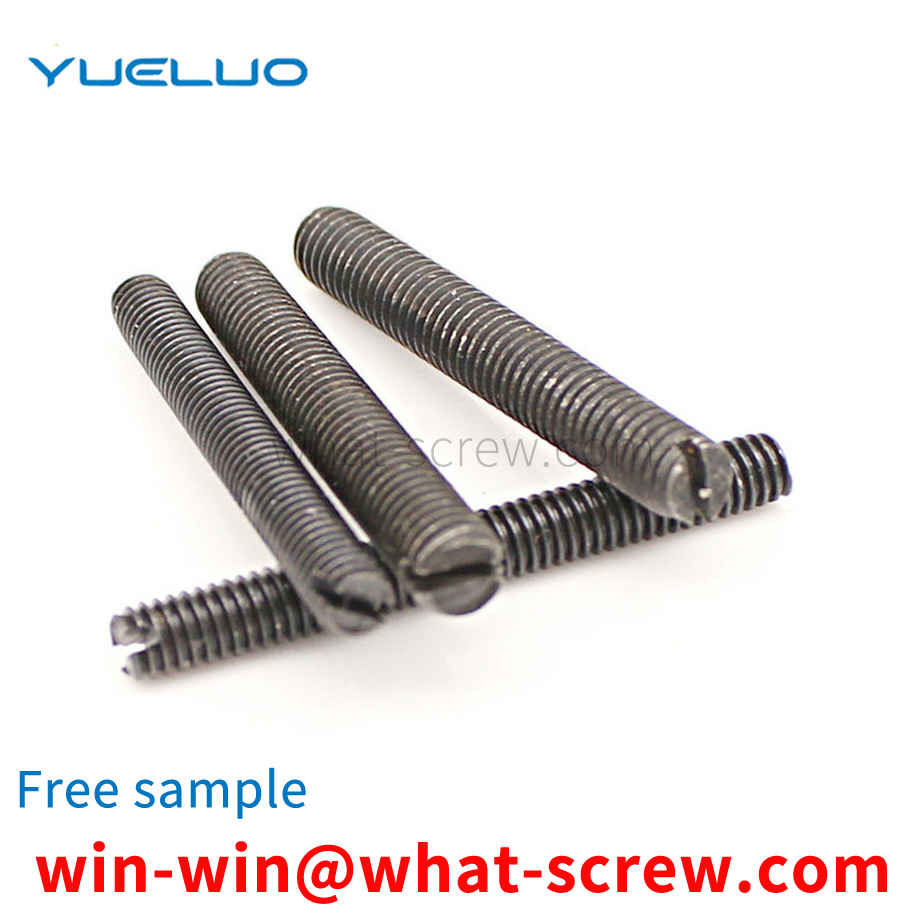
At present, injection molding screws are widely used in various electronic and automotive components, including a body, the middle of which is provided with a through hole 3, the body head 1 has a hexagonal cross-section, and the tail 2 is provided with screw teeth. When in use, the middle through hole 3 of the body will first put the wire harness, and then fix it by injection molding from the head I, and the threads of the tail 7 should be connected and installed with other components. Because the head I of the main body is hexagonal, the torque provided after injection molding is insufficient. Therefore, after the external thread is installed and connected with other components, the head is prone to slip, the installation is not reliable, and there is no push-pull force, resulting in product failure and increased safety hazards.
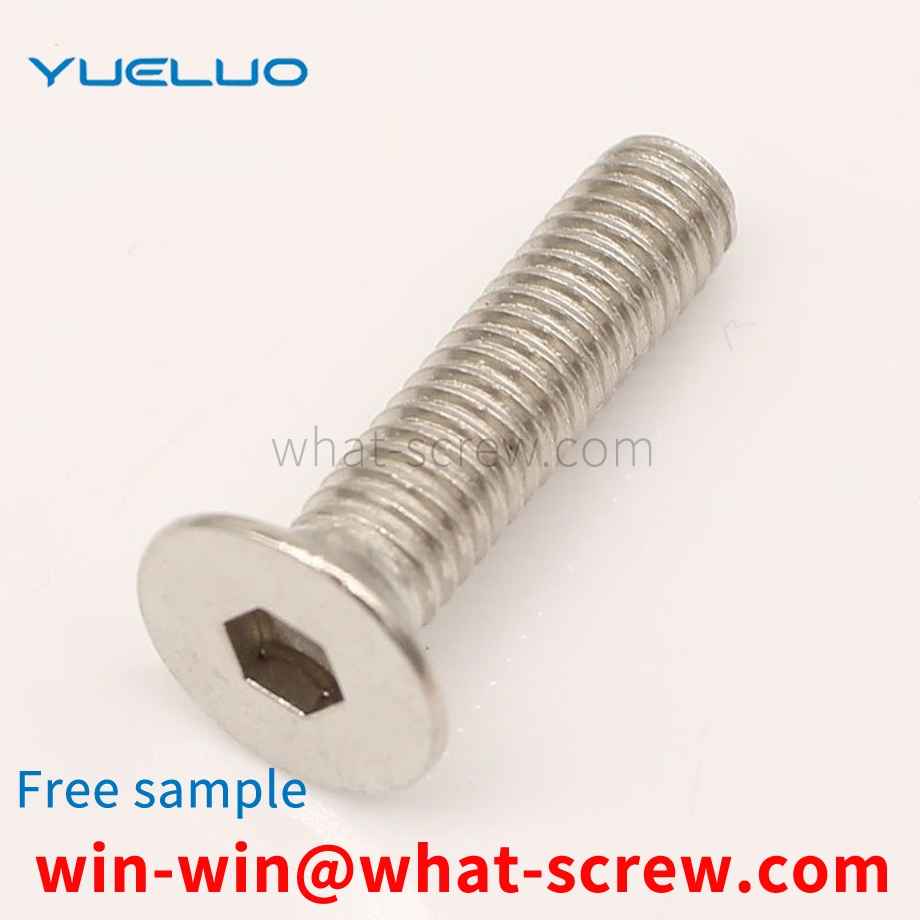
The above content is uploaded by Yueluo or the Internet. If there is any copyright issue, please contact [email protected].

What is the tolerance range of precision screws?

How to choose the right stainless steel screw manufacturer?

Why is there an R angle under the head of the hexagon head s...
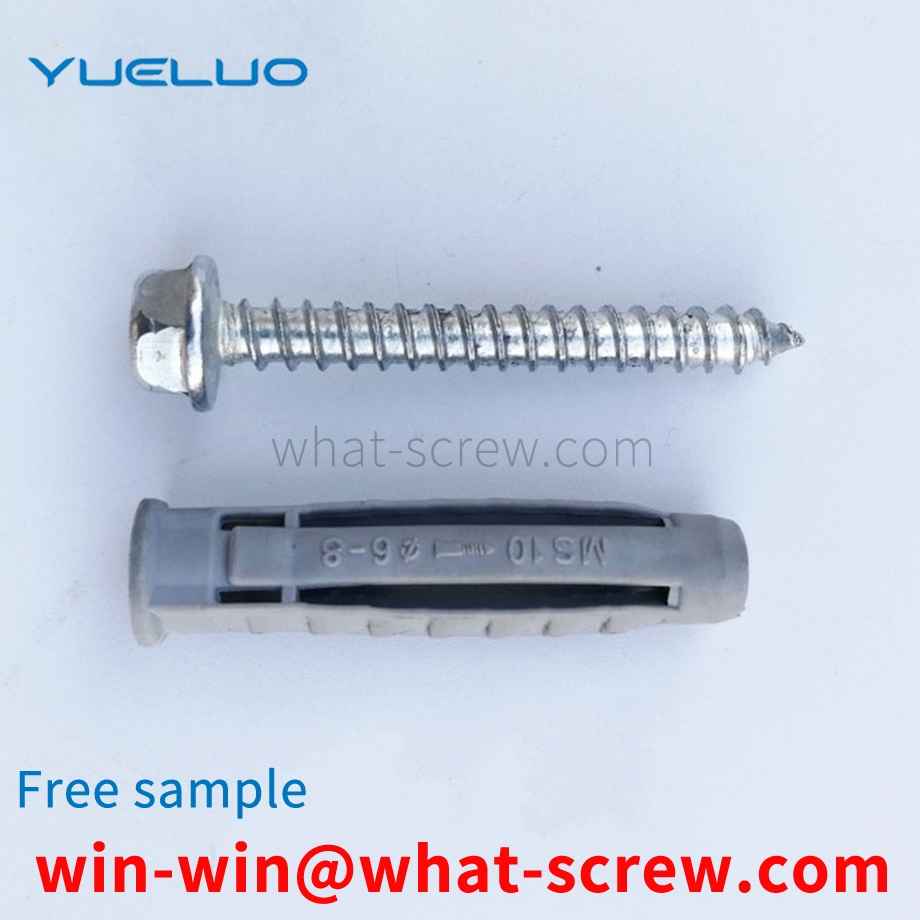
We have more than ten years of screw industry production exp...

We have more than ten years of experience in the production ...

We have more than ten years of production experience in the ...
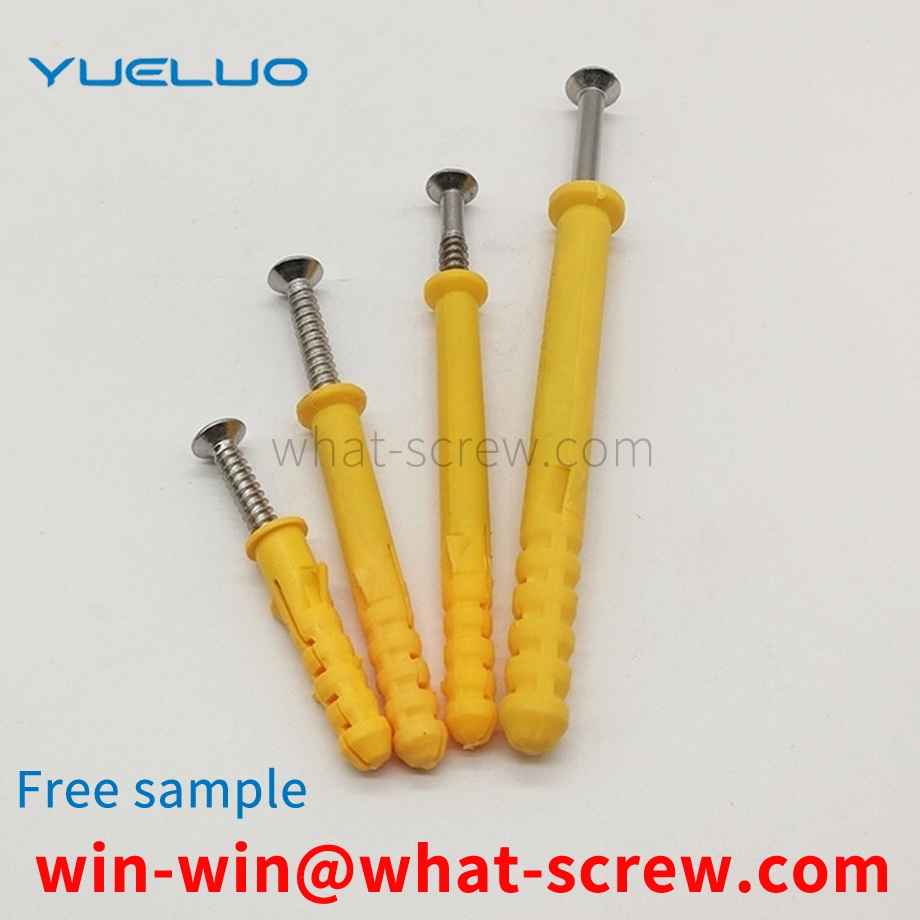
We have more than ten years of production experience in the ...